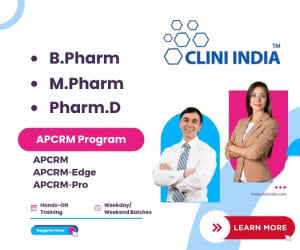A REVIEW ON TRANSDERMAL DRUG DELIVERY SYSTEM BY ETHOSOMES
{ DOWNLOAD AS PDF }
 ABOUT AUTHORS:
ABOUT AUTHORS:
V. Sujatha*, T. Vishnuvaravidyadhar, M.Parvathi, Suryaprakash Reddy
*Department of Pharmaceutics,
Raghavendra Institute of Pharmaceutical Education & Research,
RIPERK R Palli Cross, Near S.K University, Anantapuramu District, Andhra Pradesh, India
valmiki.sujatha@gmail.com
ABSTRACT
Transdermal drug delivery system is one type of more convenient drug delivery system. Skin acts a barrier for transdermal through drug delivery system. Drug across through stratum corneum by low diffusion process. Drug formulation with elastic vesicle or skin enhances vesicles. Etho sources are the ethanolic phospholipids vesicles and which are having higher rate of penetration through the skin. The purpose of writing this Review on ethosome drug focus on the Ethosomes including their mechanism of penetration. Transdermal drug delivery system was came into existence by more than 30 years ago. Ethosomes are the ethanolic phospholipid vesicles. These are used mainly for transdermal delivery of drugs. Ethosomes have higher penetration rate through the skin as compared to liposomes hence these can be used widely in place of liposomes. Ethosomes enhanced skin permeation, improved drug delivery, increased drug entrapment efficiency etc.



 ABOUT AUTHORS:
ABOUT AUTHORS:  ABOUT AUTHORS
ABOUT AUTHORS ABOUT AUTHORS:
ABOUT AUTHORS:  ABOUT AUTHORS:
ABOUT AUTHORS:  ABOUT AUTHOR
ABOUT AUTHOR ABOUT AUTHORS:
ABOUT AUTHORS: ABOUT AUTHOR:
ABOUT AUTHOR: 







.png)

